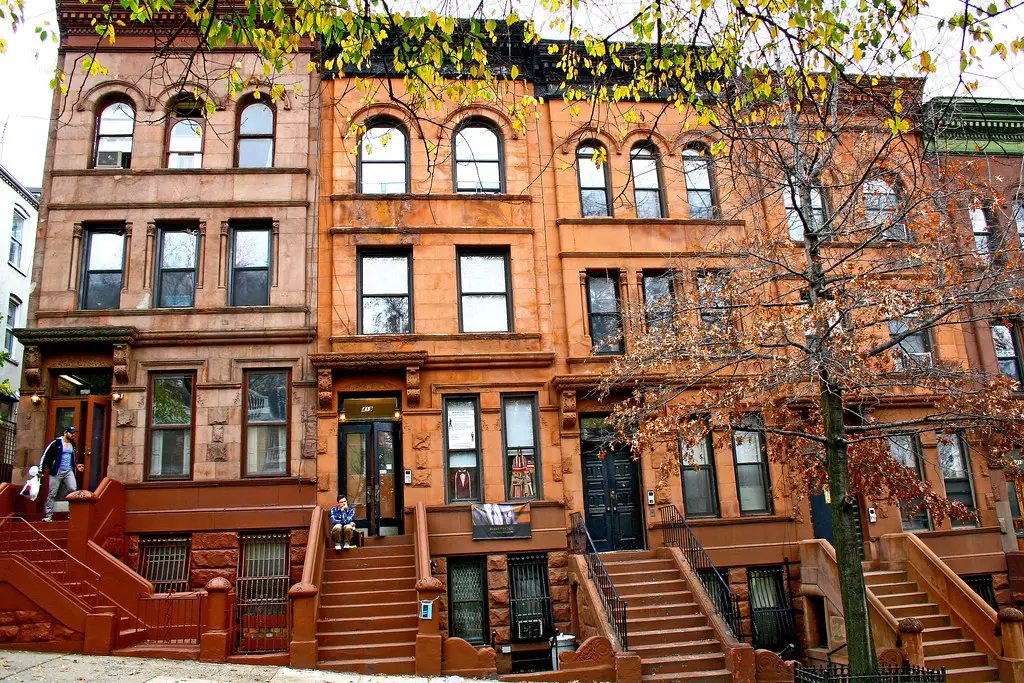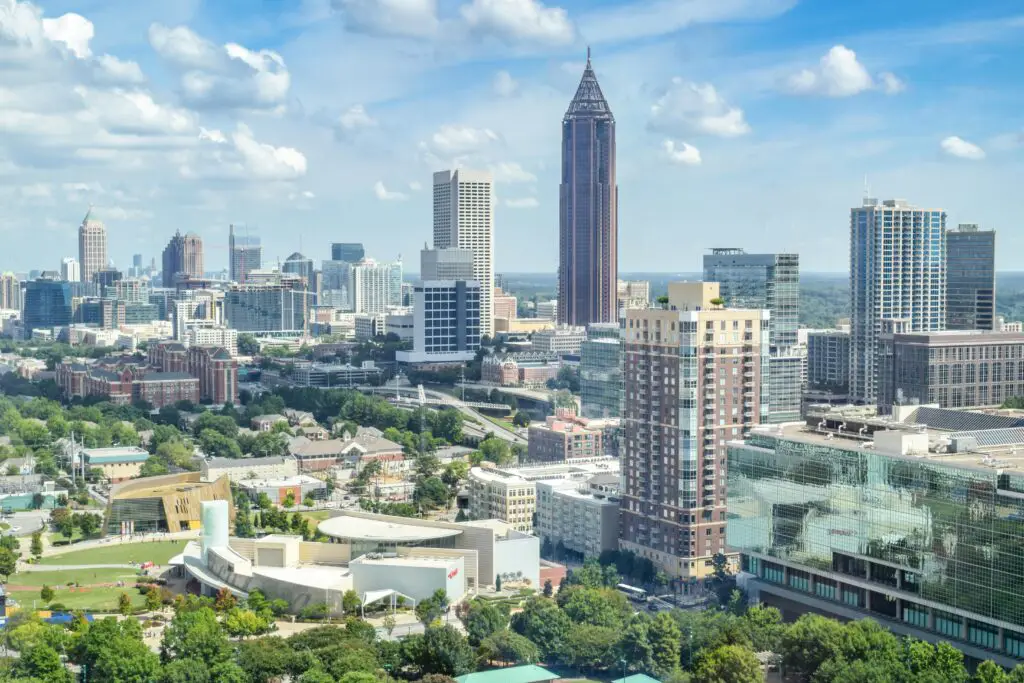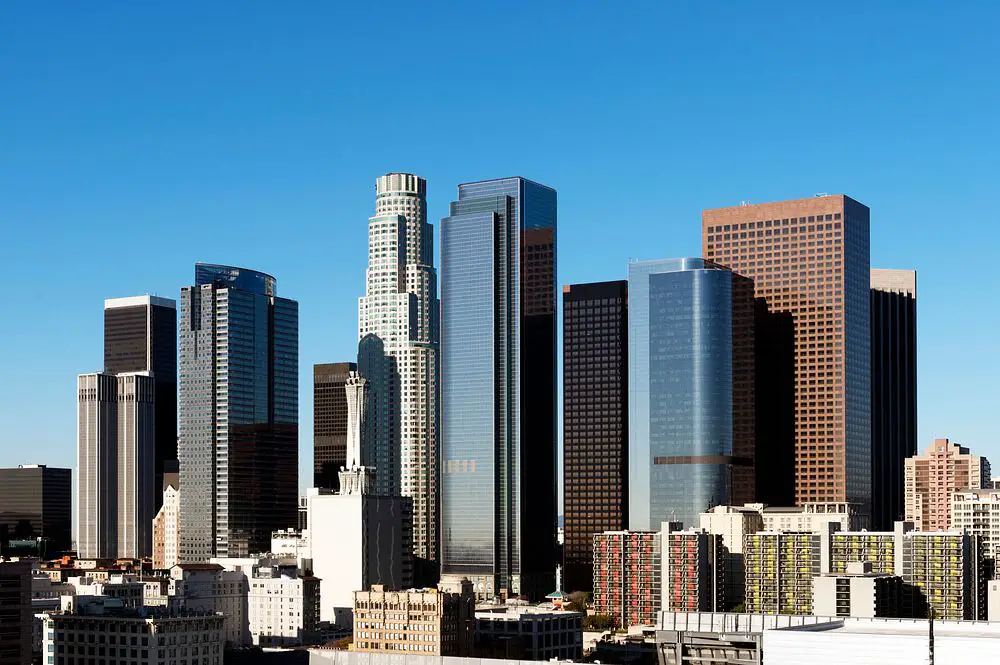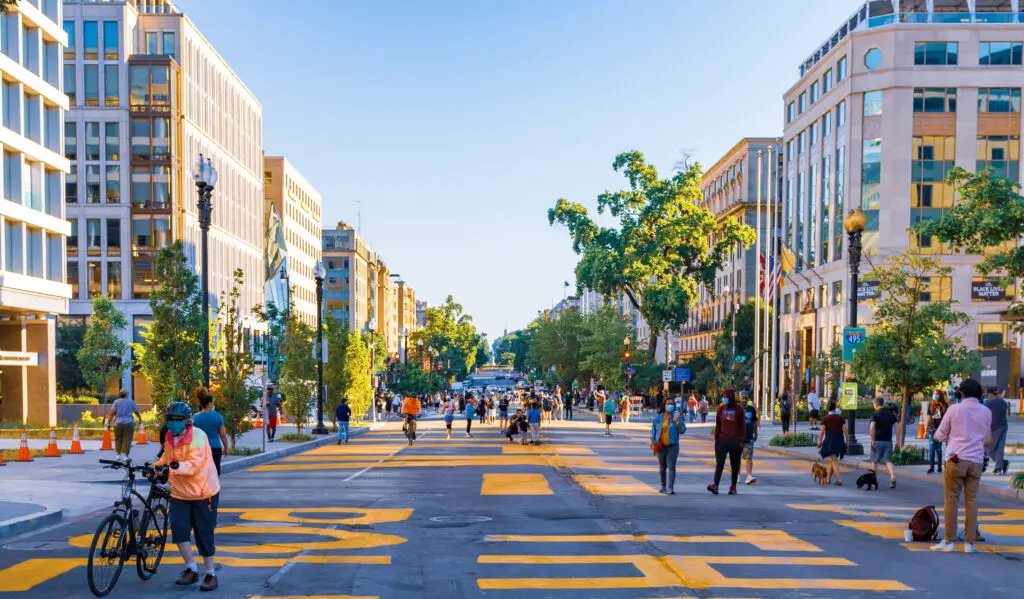Rising rent prices across the United States are forcing many long-term residents out of their neighborhoods, particularly in historically diverse communities. Gentrification, economic shifts, and skyrocketing housing demand have made it difficult for lower- and middle-income families to keep up with increasing costs. In many cases, these rent hikes disproportionately impact Black, Latino, and immigrant communities, erasing cultural legacies and pushing residents to more affordable—but often less resourced—areas. Here are five U.S. cities where rent prices are rapidly displacing diverse communities.
1. New York City, New York

New York City has long been a hotspot for cultural diversity, with neighborhoods like Harlem, Bedford-Stuyvesant, and Washington Heights historically serving as hubs for Black and Latino communities. However, in recent years, soaring rent prices have pushed many long-time residents out of these areas. Luxury developments and an influx of wealthier tenants have driven up the cost of living, making it nearly impossible for working-class families to remain. Harlem, once known as the heart of Black culture, has seen an influx of high-end restaurants, boutique shops, and expensive condominiums that have outpriced locals.
Similarly, Washington Heights, a Dominican stronghold for decades, has seen its median rent increase drastically, leading to a steady decline in its Dominican population. Displacement often forces residents to relocate to outer boroughs like The Bronx or even outside the city altogether, where affordability remains an issue. Efforts to establish rent control protections and affordable housing initiatives continue, but they struggle to keep pace with rapid gentrification.
2. Atlanta, Georgia

Atlanta, often celebrated as the “Black Mecca” due to its strong Black middle class and cultural influence, has also experienced significant rent increases in recent years. Historically Black neighborhoods such as Old Fourth Ward, West End, and East Atlanta have become prime targets for development. The rise of tech companies, film production, and corporate headquarters has attracted a wealthier demographic, pricing out long-time residents.
Many Black homeowners who have lived in these communities for generations are being pushed to the suburbs as property taxes and rent skyrocket. The BeltLine project, which was originally intended to improve accessibility and green spaces, has inadvertently contributed to gentrification, making adjacent neighborhoods unaffordable for many original residents. While Atlanta officials have introduced affordable housing initiatives, they often fail to match the rapid pace of rising costs. The loss of these historic Black neighborhoods is reshaping Atlanta’s cultural and economic landscape.
3. Los Angeles, California

Los Angeles has long been known for its racial and cultural diversity, but rising rent prices have dramatically impacted communities of color. Neighborhoods such as South Central, Boyle Heights, and Leimert Park—once predominantly Black and Latino—are experiencing rapid displacement due to gentrification and new development projects. Boyle Heights, a historically Mexican-American neighborhood, has been at the center of anti-gentrification protests as local businesses and residents fight against luxury apartment complexes and rising commercial rents.
In Leimert Park, a hub for Black culture and art, increasing rent prices have forced many small business owners to close their doors. Many working-class families are being pushed to the Inland Empire or other more affordable parts of California, increasing commute times and decreasing access to jobs and resources. The demand for housing, combined with a lack of rent control in certain areas, has exacerbated the crisis. While city officials have attempted to introduce tenant protections, enforcement remains a challenge.
4. Austin, Texas

Austin’s booming tech industry and influx of high-paid workers have dramatically changed the city’s housing market, disproportionately impacting Black and Latino communities. Historically Black neighborhoods like East Austin have seen a drastic transformation, with property values and rent prices soaring in the last decade. Many long-term residents have been forced out as wealthier newcomers move in, attracted by the city’s thriving music and business scene.
The lack of affordable housing options within city limits has led to increased displacement, pushing many residents to the outskirts or even out of state. East Austin, once a cultural stronghold for Black residents, has lost much of its historical identity due to rapid development and commercial expansion. Many formerly affordable homes have been replaced by expensive apartment complexes and high-end retail spaces. Despite city-led efforts to increase affordable housing, the demand continues to outweigh the available supply. The result is a city that is becoming increasingly unaffordable for its historically diverse populations.
5. Washington, D.C.

Washington, D.C., once home to a strong Black middle class and referred to as “Chocolate City,” has seen dramatic demographic shifts due to rising housing costs. Gentrification has hit historically Black neighborhoods like Shaw, Anacostia, and Petworth particularly hard, with longtime residents struggling to keep up with rising rents and property taxes. The influx of young professionals and new businesses has led to the development of luxury apartments and high-end retail, pushing out lower-income families.
Anacostia, one of the last remaining predominantly Black neighborhoods, is experiencing increasing investor interest, threatening its cultural fabric. Many displaced residents are relocating to the surrounding suburbs in Maryland and Virginia, where affordability remains a concern. The rapid redevelopment of the city has made it nearly impossible for many working-class Black families to remain in their hometown. While some local programs offer assistance, they are often limited in scope and unable to counteract the speed of displacement.
